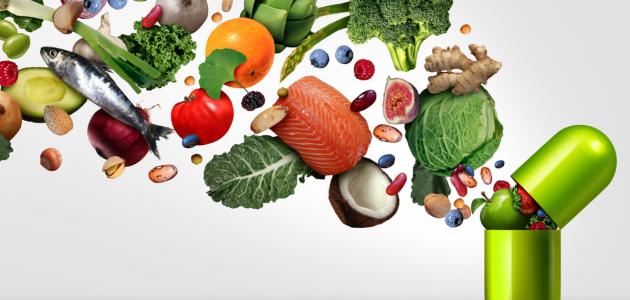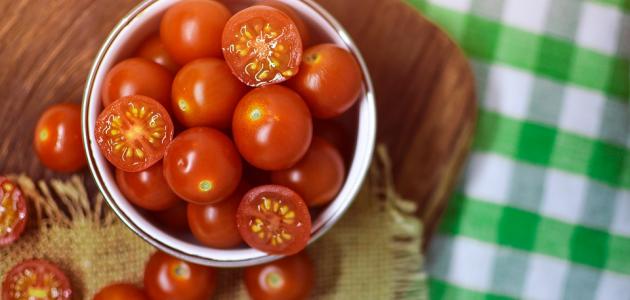Human body
There is no doubt that the body is one of the most beautiful creations of the Creator, may He be glorified and exalted, and our knowledge of it is still permeated with some ambiguity, and God created all things around us in an integrated and interconnected manner with each other, including us. The human body consists mainly of a cell and a group of cells that make up the tissues and a group of tissues that form the organs and these organs all work together to form the human body and work on its life, and this body, starting from its cells and ending with its organs, needs food and oxygen, and from food the body gets vitamins, minerals and other elements It also gets energy from it, and since the body cannot manufacture most of these elements, and therefore it gets them from external sources, including food.
Vitamins
Studies have confirmed that the failure of the human body to obtain adequate quantities of nutrients, including vitamins, may cause a person to have several health problems. Vitamins are known as organic compounds that have an essential role in human health and in helping him in his body's vital processes. They are sometimes called micronutrients, and we do not need them in rather small quantities, and at the present time there are about 13 types of vitamins known to humans.
Benefits of vitamins
There are vitamins that work to regulate the absorption of minerals, including vitamin D, as it helps in the process of absorbing calcium, and there are some that act as enzymes auxiliaries, some of which are important for nerves, and some work as an antioxidant and some of them are important in the process of regulating the growth of cells and tissues . Vitamins are two types, some of which are soluble in water, such as a group of vitamins (b) and vitamin (c), and some of them are soluble in fats, which are vitamin (K), vitamin (e), vitamin (d) and vitamin (a).
Sources of vitamins
- Vitamin C: It can be obtained from citrus fruits such as oranges, papaya, kiwi, pineapple, and strawberries. As for its sources of vegetables, it can be found in broccoli, cauliflower and dark leafy vegetables, as well as in herbs such as parsley and thyme.
- Vitamin group (B): You can get vitamin B1 from legumes, red meat and white meat, B2 from green vegetables, white meat and liver, as well as from dairy, B3 from legumes, fish and white meat, B5 from vegetables and legumes, eggs, fish and milk, and B6 from whole grains. Fish, red meat and white meat, B7 legumes, soybeans, egg yolks, liver and kidneys, B9 dark green leafy vegetables, beans, eggs, dairy products and liver, B12 eggs dairy products, fish and meat.
- Vitamin K: It can be found in green leafy vegetables, cow's milk, and fruits.
- Vitamin E: It can be found in nuts, whole grains, olives, beans, green leafy vegetables, eggs, corn, milk, meat, and more.
- Vitamin D: It can be obtained from salmon, sardines, tuna, liver, milk, cheese, egg yolks, mushrooms, and more.
- Vitamin A: It can be obtained from carrots, parsley, spinach, dandelion, liver, cod liver oil, egg yolks, apricots, and more.

